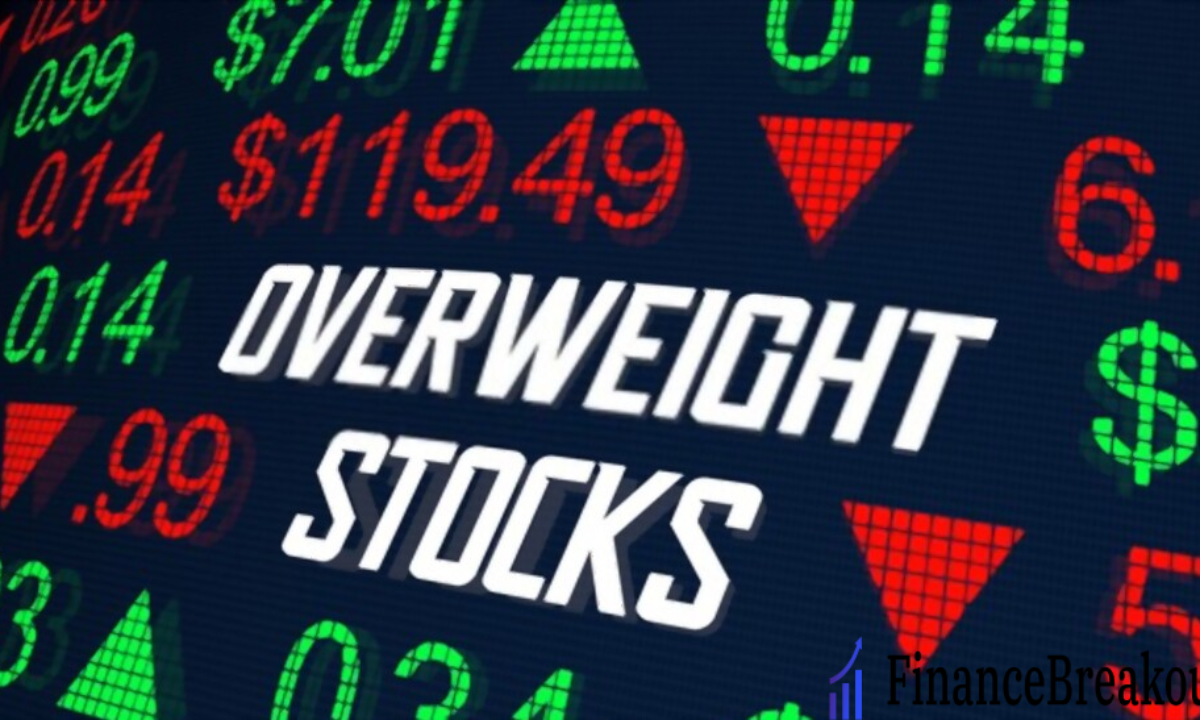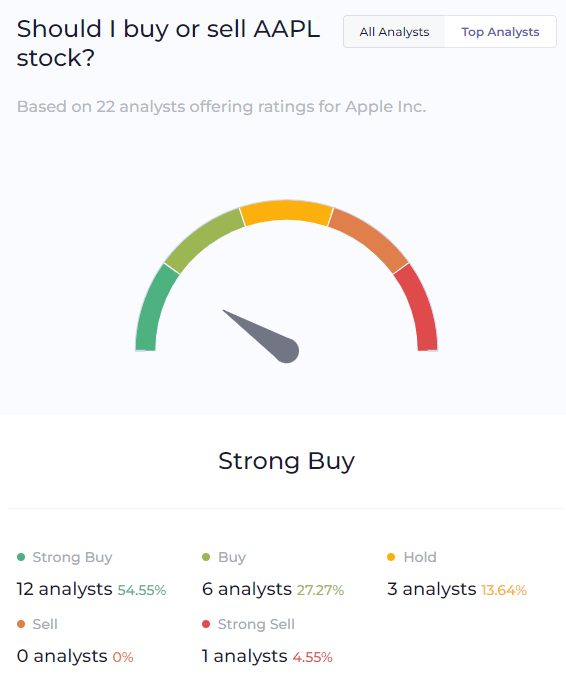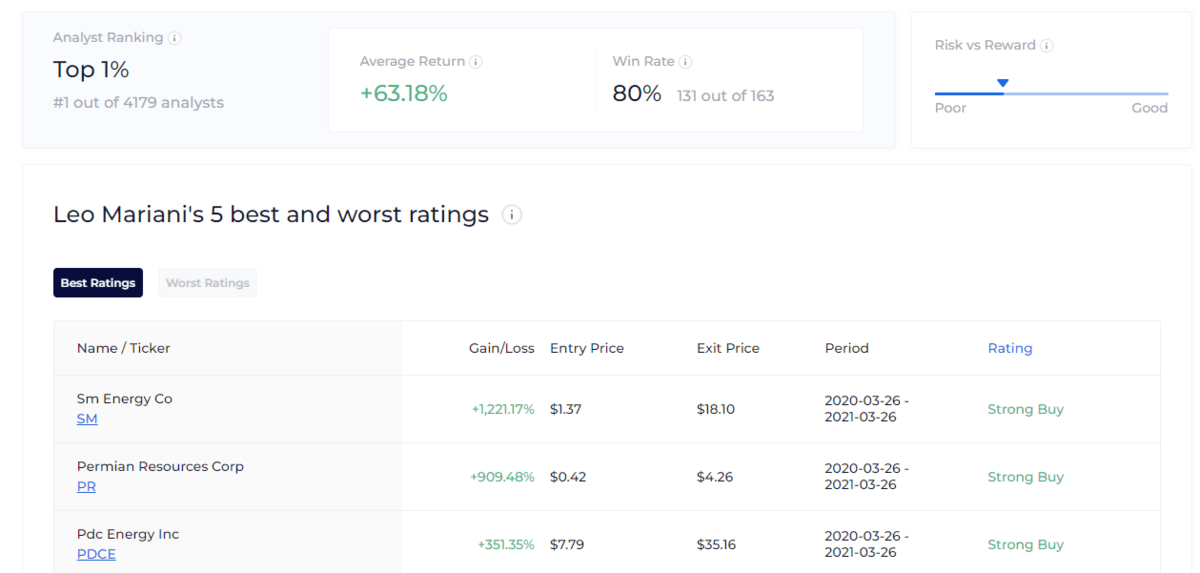“Overweight stock” is thrown around a lot by investment analysts and portfolio managers — and it can be a confusing term. Here’s why…
Overweight stocks can actually refer to two separate things — an overweight stock analyst rating, or an overweight portfolio allocation.
What does it all mean — and why does it matter to you?
In this article, I’ll demystify overweight stocks from start to finish. We’ll cover it all: What does overweight stock mean, and how does an overweight rating stock work? I’ll explain exactly how the term is defined and employed so you can avoid potentially frustrating and costly confusion.
Try before you buy…
If you’re still learning the ropes as an investor, you don’t need to risk real money right away. A demo account (also called paper trading or trading simulators) allows you to test your investment theories without putting actual money on the line. It’s a great way to get up to speed and gain familiarity with the process of executing trades with minimal risk.
Our favorite one? eToro ‘s Demo Account.
With eToro’s demo account, you can buy stocks, ETFs, and cryptocurrencies, and test various buy-and-hold or technical trading strategies, all while experiencing all of the features eToro offers in its simple, intuitive platform.
eToro is a multi-asset investment platform. The value of your investments may go up or down. Your capital is at risk.
What is an Overweight Stock?
“Overweight stock” can refer to two key things:
- A “buy” rating from analysts
- Stock allocation in a total portfolio
Let me explain.
What Does Overweight Stock Mean?

Overweight Rating Stock: What it Means
Overweight stocks are stocks that analysts believe will outperform expectations in the near future.
For example, you might read that a company’s shares were upgraded from a neutral rating to an overweight rating stock. This means the analyst anticipates the stock’s performance to improve due to various factors like good news, positive earnings, or any number of positive factors.
Often, an “overweight” rating is the same as a “buy” rating — the two terms may even be used interchangeably.
On the flip side, “sell” and “underweight” can also be used to describe the same thing within the rating system.
Looking for stocks with “buy” ratings? Check out today’s “Strong Buy” stocks. (Hint: We also share several per week — for FREE — in our newsletter, WallStreetZen Ideas.
Overweight Stock Portfolio Allocation: What it Means
However, the term “overweight” can also be used to describe a particular asset allocation.
For example, a portfolio manager trading your account might indicate that you are now “overweight” a particular stock, sector, or, most commonly, asset class.
In this instance, the portfolio manager is referring to a weighting, the percentage the stock reflects within your total portfolio.
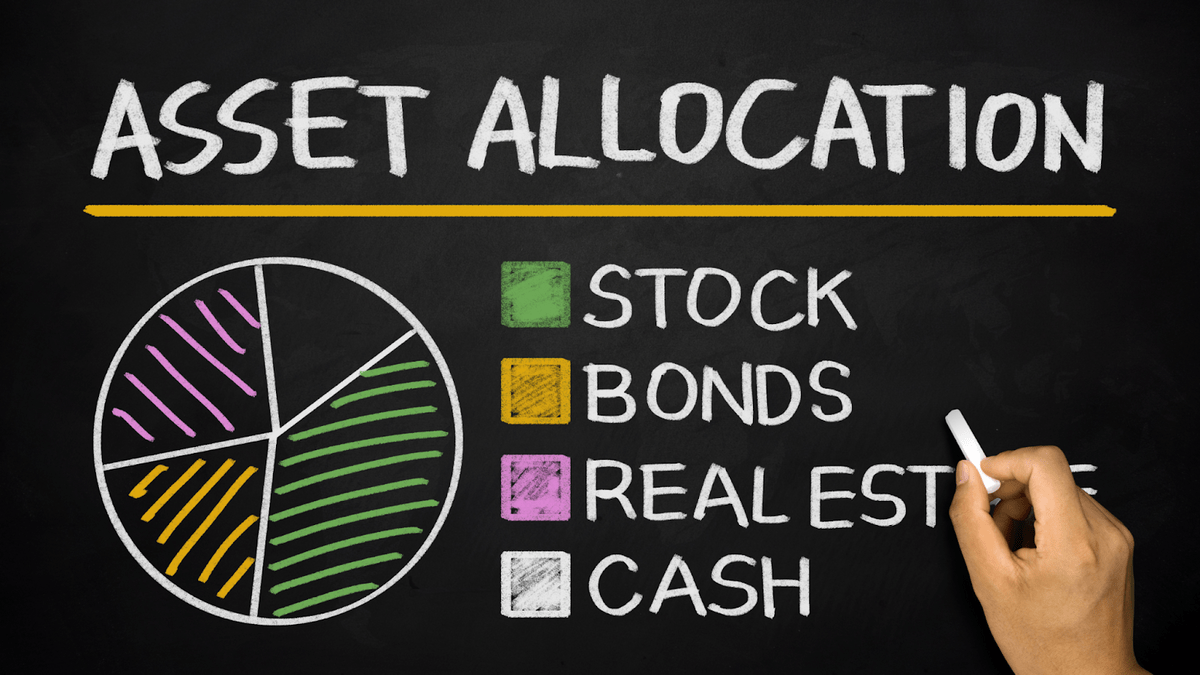
For simplicity, assume you have a portfolio that you want to maintain a 50% allocation to Google (NASDAQ: GOOGL) and a 50% allocation to Apple (NASDAQ: AAPL). This is known as your long-term strategic asset allocation (SAA).
Since the price of Google and Apple will fluctuate, the allocation in your account will not always be 50/50.
In time, it’s possible that Google will make up 60% and Apple 40% of your portfolio. In this instance, you might say you’re “overweight” Google. Selling some Google shares and buying Apple can return your account to a 50/50 allocation.
Need help with portfolio allocation? Check out Empower’s NO-COST Investment Checkup tool.
Understanding Different Rating Systems
Stock rating systems can be tricky, because everyone has their own standards.
That said, here’s a basic rundown of how the information might be expressed:
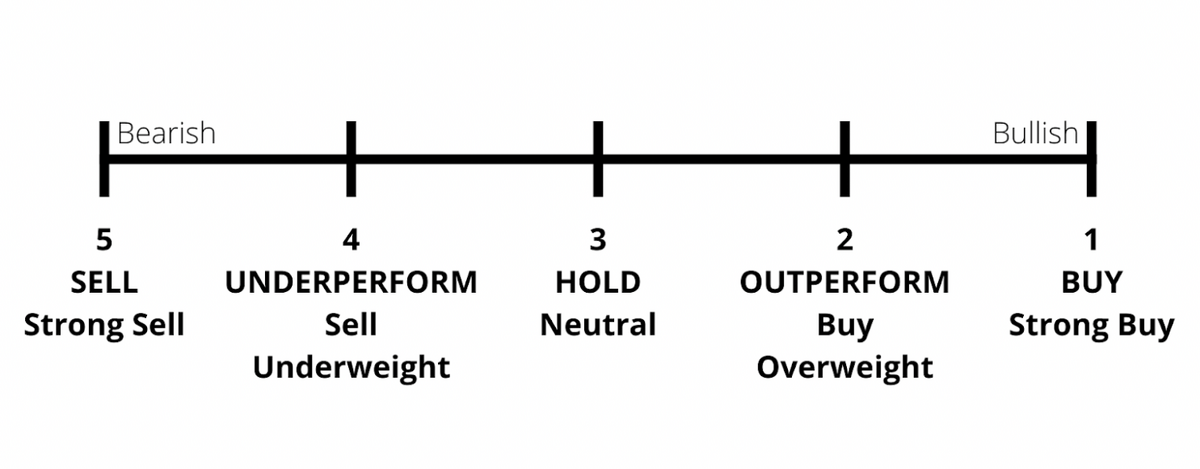
Buy / Sell / Hold
One of the most common rating systems applies one of three potential labels to a stock: buy, sell, or hold.
- A “buy” recommendation means the analyst or platform recommends increasing exposure to the name.
- A “sell” rating is a recommendation to lower exposure to a name.
- A “hold” rating is a recommendation to maintain current exposure.
Outperform / Underperform
- A stock labeled “outperform” means the analysts anticipate the name to perform better than normal or better than peers in the same sector, for example.
- Alternatively, an “underperform” label implies a stock is expected to perform relatively poorly.
Overweight / underweight
- “Overweight” as a rating means the same thing as “outperform.” A financial advisor might recommend increasing exposure to an overweight rating stock in the biotech sector, for example.
- “Underweight” means a stock is expected to underperform. It’s often the same as a “sell” recommendation.
Strong buy / buy / neutral / sell / strong sell
- Some platforms, like WallStreetZen, use a five-tier classification system to rate securities. Stock ratings range from a “strong buy” (overweight) to a “strong sell” (underweight).
- With WallStreetZen, a stock’s rating is not produced by a single analyst; instead, it reflects the collective wisdom of numerous analysts on the platform.
Looking for stocks with “buy” ratings? Check out today’s “Strong Buy” stocks.
The Problem with Overweight Stock Ratings
As I noted above, not all overweight stock ratings are created equal. It’s important to understand that stock ratings can be subjective.
As such, ratings should not be relied upon and are by no means a guarantee of future success.
They’re merely an attempt by analysts to gauge the relative merit of a particular stock relative to the rest of the market.
Consider this…

A stock may be labeled overweight for different reasons:
- A company with earnings per share in the top 10% of the sector may indicate a ‘buy’ (or ‘overweight’) recommendation by one analyst.
- Alternatively, another analyst may only consider the top 5% in this category as buy recommendations.
In other words, the same data (in this case, the same EPS) may lead two analysts to two completely different conclusions.
Why WSZ Built Top Analysts
Today’s market is flooded with self-directed investors and countless stock-picking gurus. That’s both good and bad:
- On the one hand, this has been a positive development, lowering the barrier to entry for anyone interested in accessing the financial markets.
- On the other hand, this brought about a flurry of trade activity, making it increasingly difficult to navigate through all the noise.
For new or part-time traders, cutting through the noise is tough — the time and effort to vet analyst recommendations could take longer than analyzing stocks directly.
That’s why we decided to build the Top Analysts feature on WallStreetZen to help address the issue.
Top Analysts allows members to quickly filter analyst ratings to only show those produced by the top quartile of performers on the platform.
Critically, all the analysts of WSZ are vetted through a robust due diligence process. Members of WSZ can rest assured that they are engaging with trusted analysis by some of the top stock pickers trading today.
With WallStreetZen’s Top Analysts tool, you can find analyst-recommended investments fast:
- Check out Top Analysts – Check out the latest recommendations; filter by industry or sector.
- “Strong Buys from Top Wall Street Analysts” – See what analysts are watching right now.
- Stock Forecasts – Check out forecasts, price targets, and more.
Interested in what else WallStreetZen can do for you? Hit the button below to unlock a 14-day trial of WallStreetZen Premium for just $1:
Final Word: Overweight Stock Ratings
Overweight stocks can be tricky to navigate.
First, the term can have two meanings — it can refer to a stock rating or portfolio allocation.
Even once you’re past that, the term can still be confusing. Even though “overweight” is often the same as a “buy” recommendation, that doesn’t mean that you should just buy any stock with an overweight rating.
True, overweight stock ratings from reliable and trustworthy sources can give you an edge in the market. They can give you one more piece of evidence to support your trade thesis.
However, an overweight label does not mean a stock will outperform. It’s a subjective assessment, so it’s important to do your due diligence before executing any trade.
FAQs:
Does overweight mean buy or sell?
An overweight stock is often the same as a “buy” recommendation from stock analysts. However, rating systems can be subjective so it’s always important to do your own research and due diligence before executing a trade.
Is overweight bullish or bearish?
Overweight stocks are considered bullish. An overweight stock rating means an analyst expects the stock to outperform.
Where to Invest $1,000 Right Now?
Did you know that stocks rated as "Buy" by the Top Analysts in WallStreetZen's database beat the S&P500 by 98.4% last year?
Our April report reveals the 3 "Strong Buy" stocks that market-beating analysts predict will outperform over the next year.
